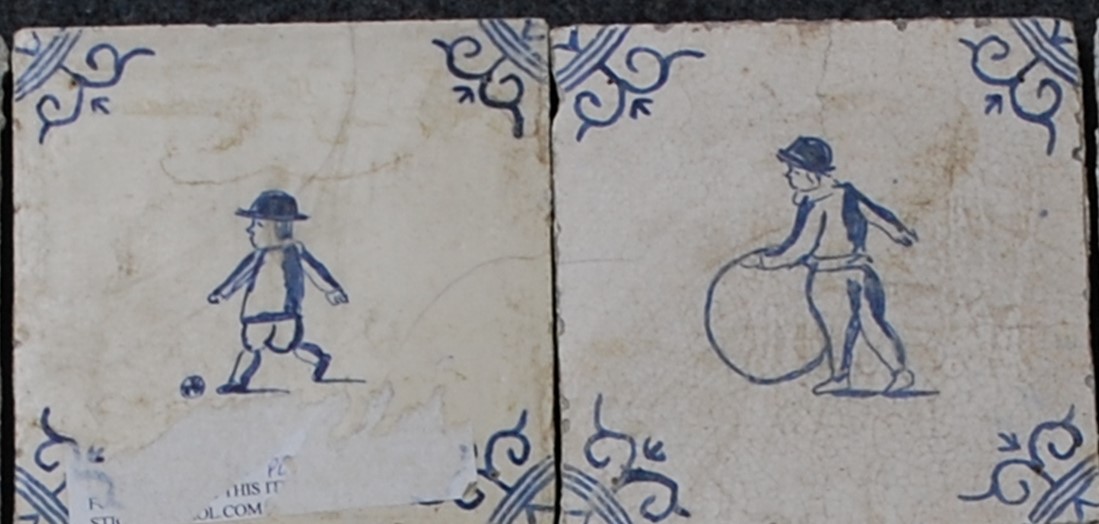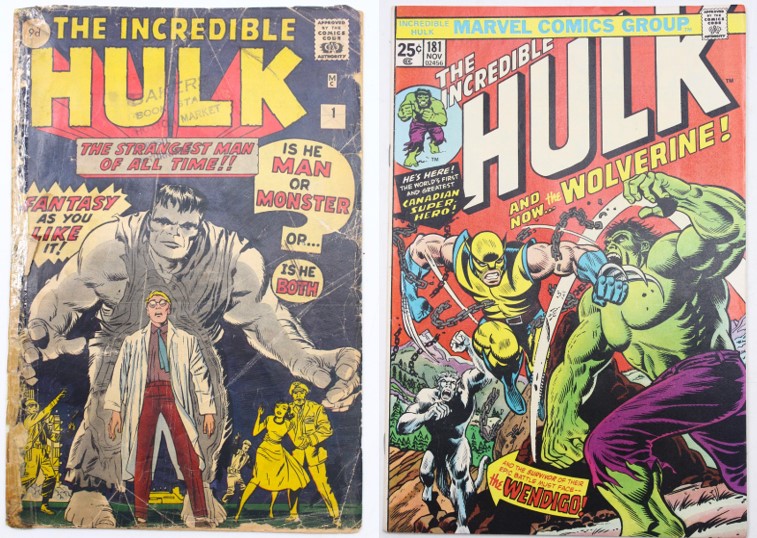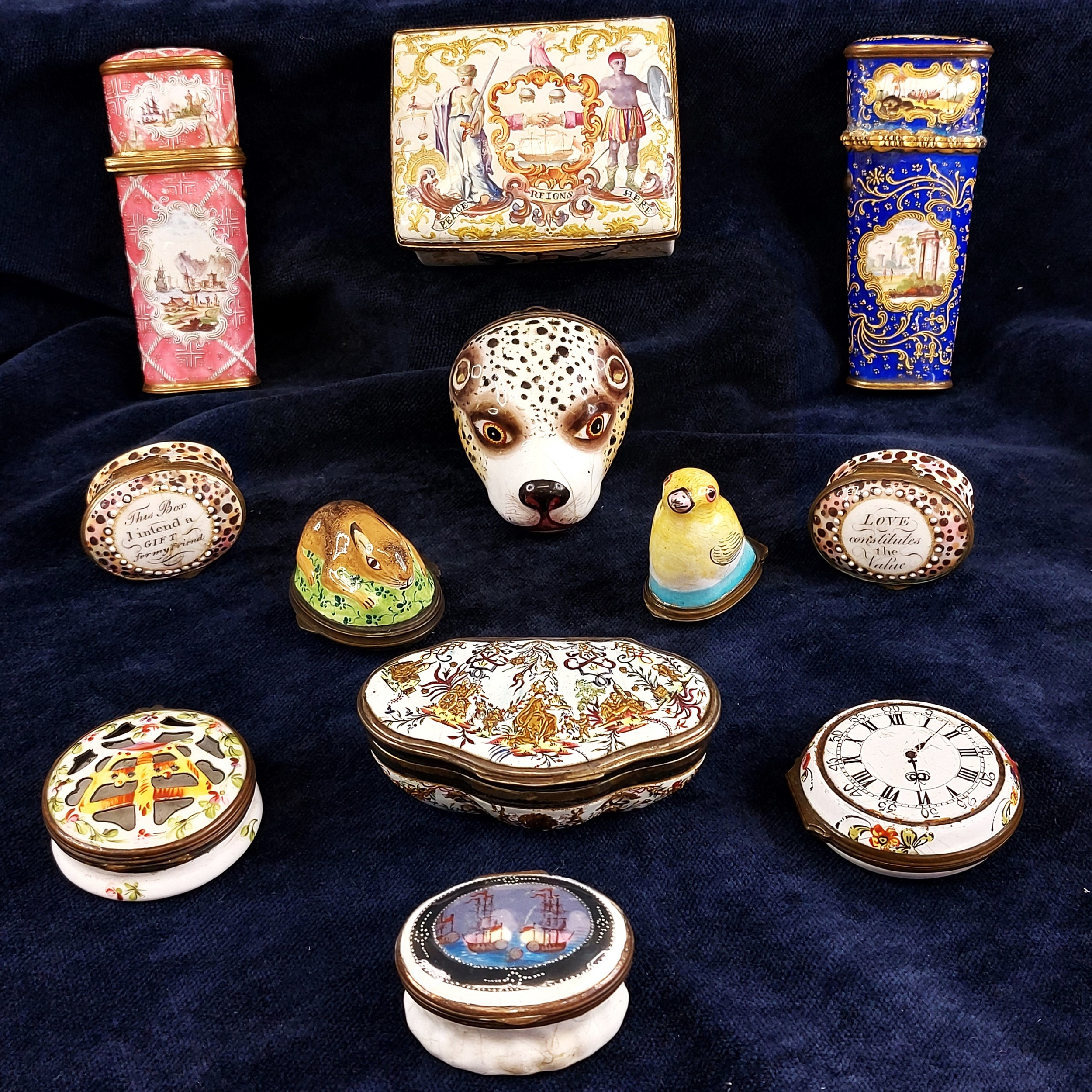The Richardson Collection of Tin Glazed Earthenware
Our 18th March Fine Art & Antiques auction includes a single-owner collection of over 160 lots of fine 18th century and later Delftware to include English & Dutch examples from Amsterdam, Bristol, Liverpool and London potteries.
We are delighted to offer the collection of the late David Richardson on behalf of his estate. Richardson was clearly an enthusiast for the subject of tin glazed earthenware and his collection spans several European countries and periods, but shows a particular fondness for English and Dutch examples of the 18th century. A collection of this size covering such an array of periods and factories is unusual, and we are sure that collectors will appreciate these fine pieces as much as we have enjoyed researching and cataloguing them.
The collection ranges from tiles and tableware to decorative and novelty pieces, in both blue & white and polychrome designs. Delftware is the general term used for tin-glazed earthenware and was named after the Dutch city where it was a major industry from the early 17th century onwards. Originally, pieces were influenced by Italian majolica and expensive imported Chinese porcelain. Wars on the continent and religious persecution led to large Dutch migrations into England, and they brought their valuable expertise with them; in fact several English delftworks were started by or employed Dutch artisans.
Amongst the early Dutch pieces is this tulipiere marked for Lambertus van Eenhoorn of De Metaale Pot (The Metal Pot) factory. This elaborate thirteen-spout vessel would have held a single tulip per spout. Tulips began being imported into the Netherlands from the Ottoman Empire in the 16th century and were immediately highly sought after; despite the (possibly apocryphal) collapse of the trade after the 1630s ‘Tulip Mania’, tulips remain one of Holland’s main exports to this day. The typical blue and white decoration was inspired by the popular Chinese wares then being imported into the Netherlands by the Dutch East India company, and Eenhoorn played an important role in developing the same style in European potteries. This example stands at 30cm high and has an estimate of £300-500.
Closer to home, this circa 1750 delftware bottle vase was probably produced at the Vauxhall pottery works in London, which was owned by the Chilwell family at the time. Founded in 1693 by John de Wilde, the pothouse remained in business until 1846, alongside other Thames-side potteries including Doulton Lambeth, Stiff, Green, and Crisp & Sanders at Glasshouse Street. A late 1970s excavation of the site on the Lambeth waterfront unearthed 17 pottery kilns and over 20 tons of pottery. This powder-blue ground example with Oriental inspired decorated cartouches is similar to a vase held in the Victoria & Albert Museum collections. It carries an estimate of £400-600.
From Liverpool we have this circa 1765 annotated puzzle jug bearing the poem ‘Here Gentleman come try your skill/ I'll hold a wager if you will/ That you don’t drink this Liquor all/ Without you spill or let some fall'. Puzzle jugs, where the drinker is challenged to drink without spilling despite the perforated design of the jug’s neck, were hugely popular in the 18th & 19th centuries and were a very typical Liverpool product. Tin-glazed delftware was produced in Liverpool in various factories from at least 1710 and were rarely marked to denote the maker, however this example is very similar to others recorded as Liverpool in the Victoria & Albert Museum collections. It has an estimate of £300-500.
From a large selection of tiles, this set of twenty Dutch figural examples depicting children playing is particularly enchanting. The games include hoops, kites and pull-along carts. The use of tiles became widespread across Northern and Central Europe from the end of the 16th century for fireplaces, water closets and baseboards along the bottom of walls. Examples such as this would have been commissioned as a set to cover a larger space, and scenes from domestic life are a typically Dutch style which developed from the mid-17th century onwards. This set is most likely from the early 19th century and carries an estimate of £150-250.
The fully illustrated catalogue for the auction is out now.






